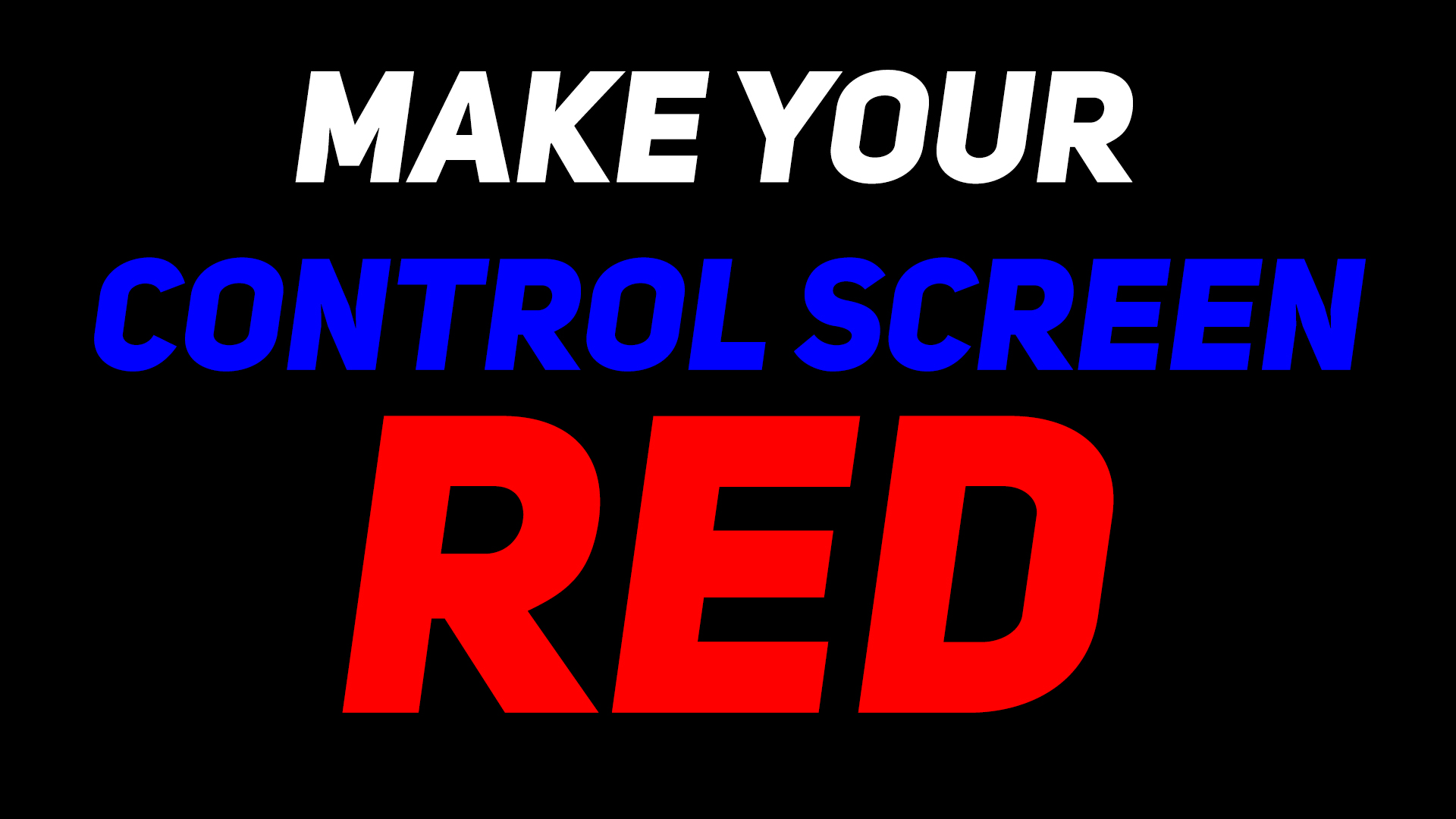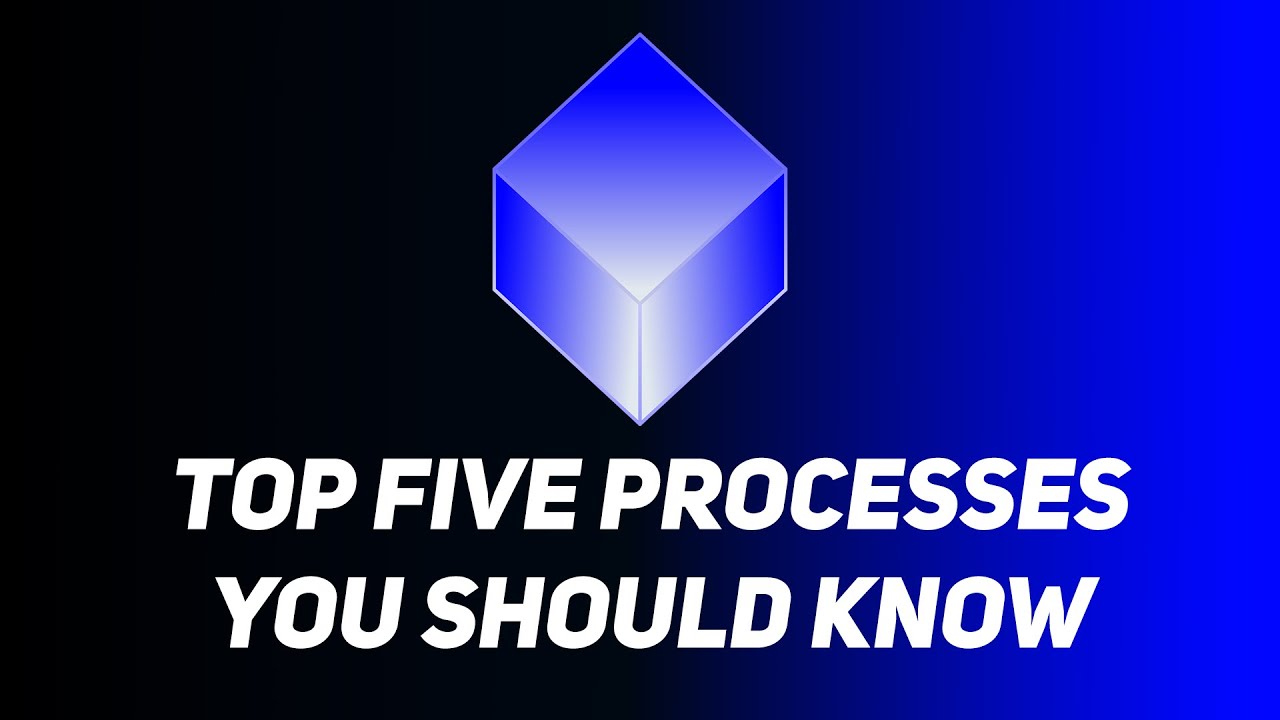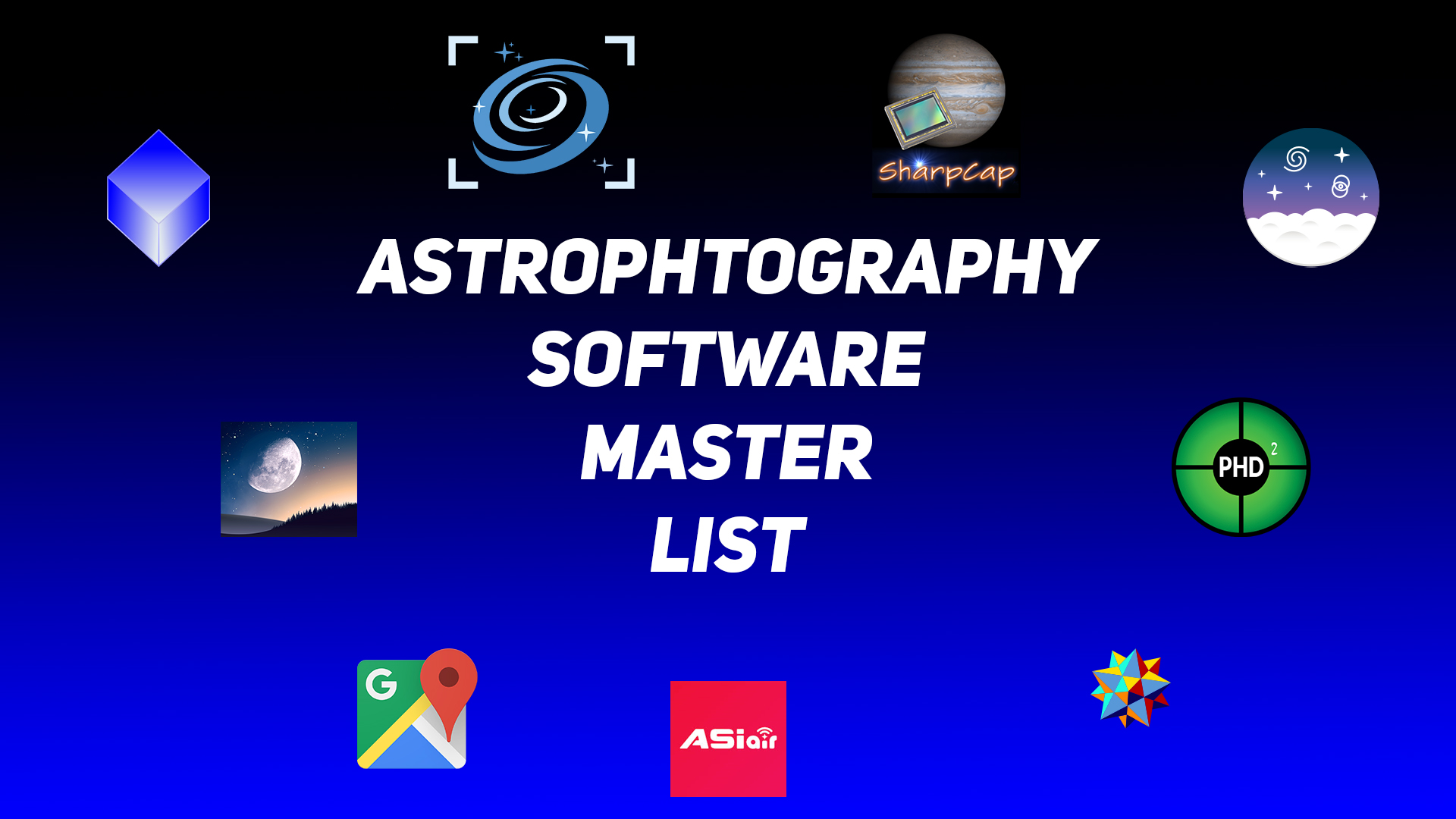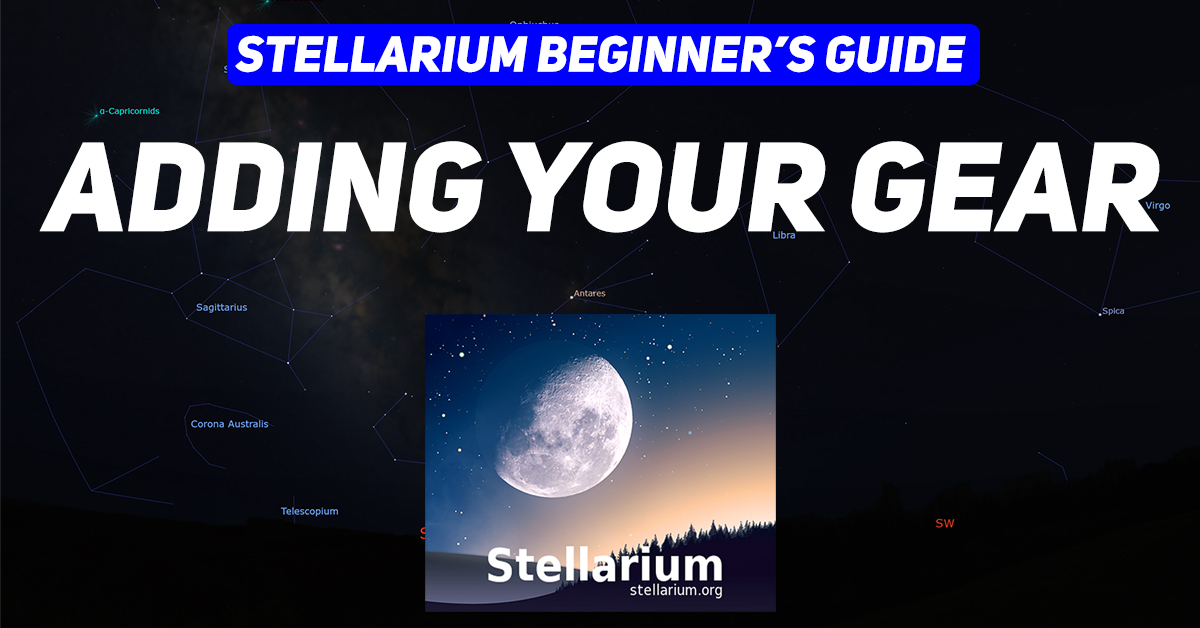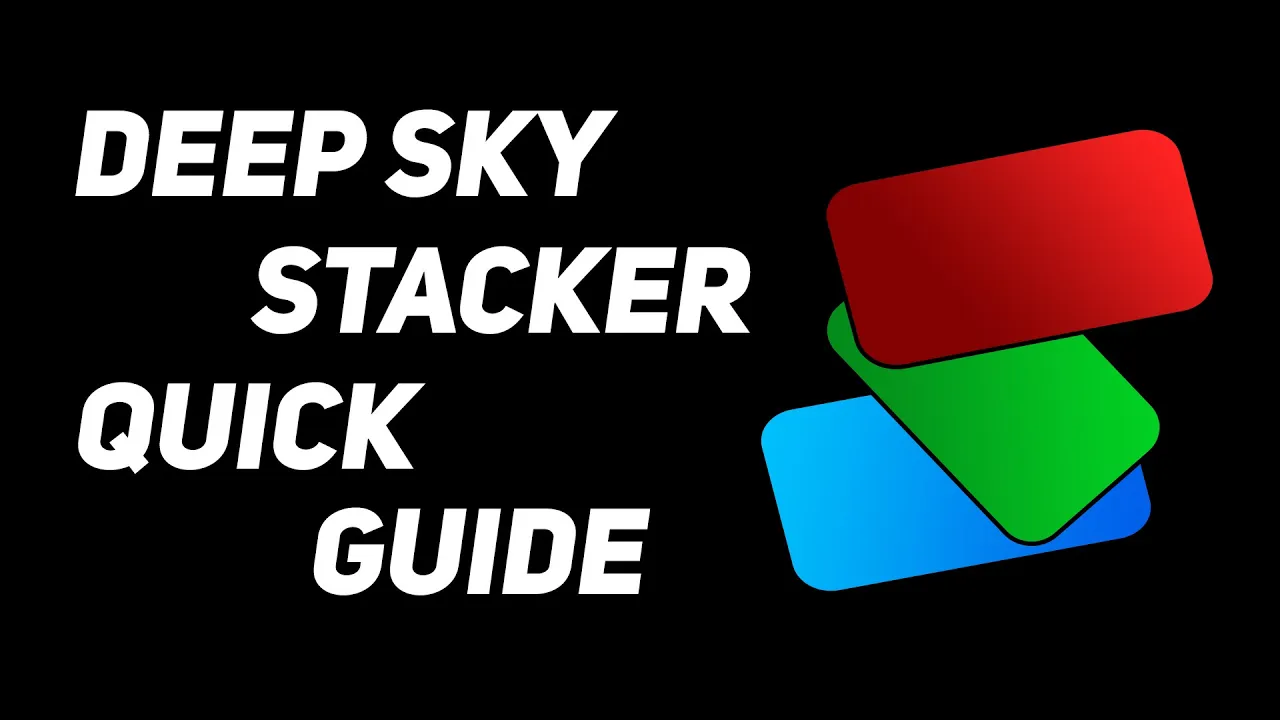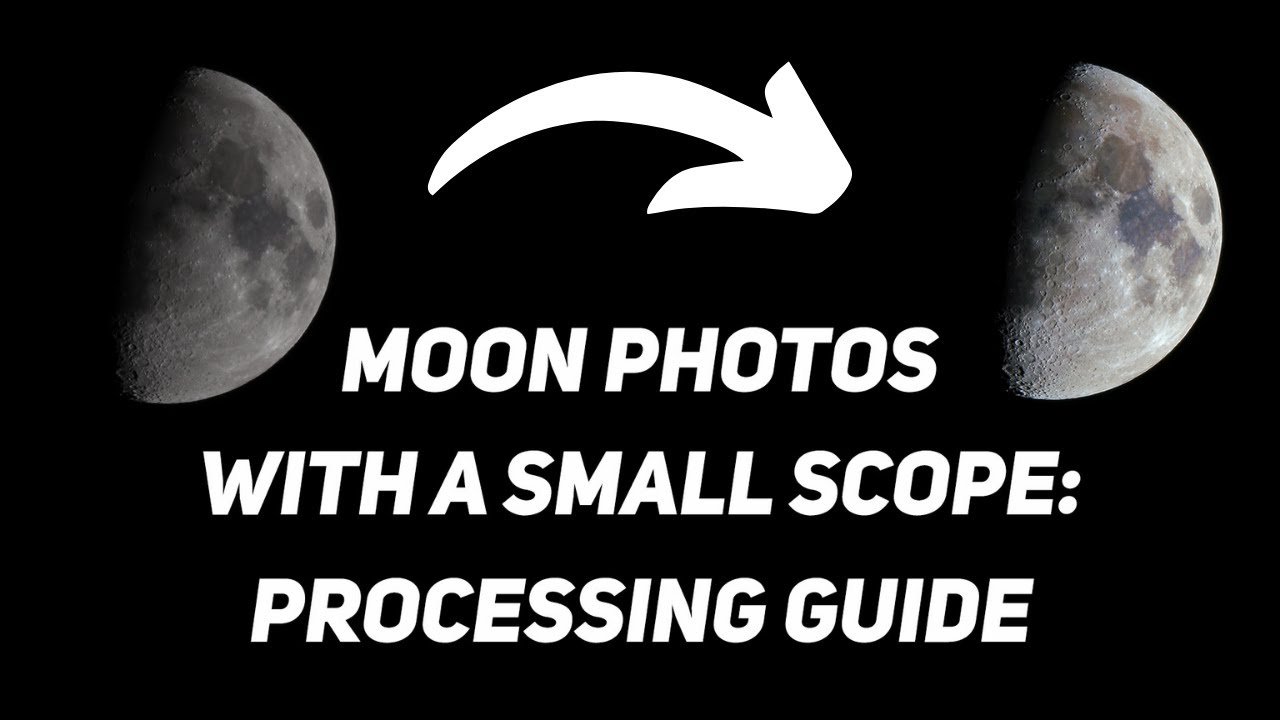Making Your Device RED
Introduction In astrophotography it is inevitable that you will use a screen of some sort to control your gear. Whether you are using a PC, Phone, or Tablet, almost all gear requires external control. To protect your night vision and those around you, your screen needs to be tinted red, and be as dim as possible. This also helps your light pollution footprint if you are say, at a star party. In this article, we are going to go over how to turn your screen red on all common operating systems and devices. Making Your Device Red – Things to…

